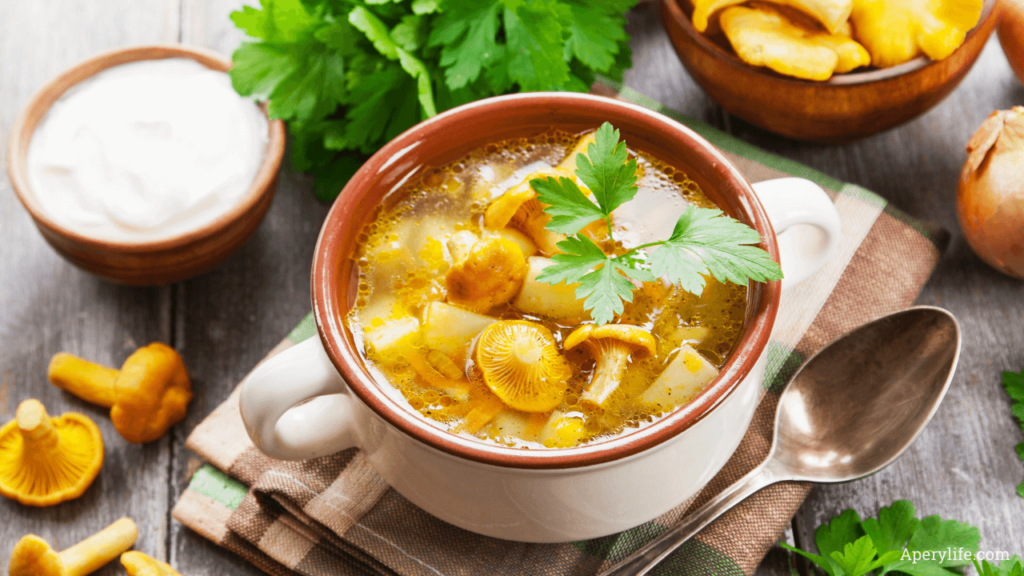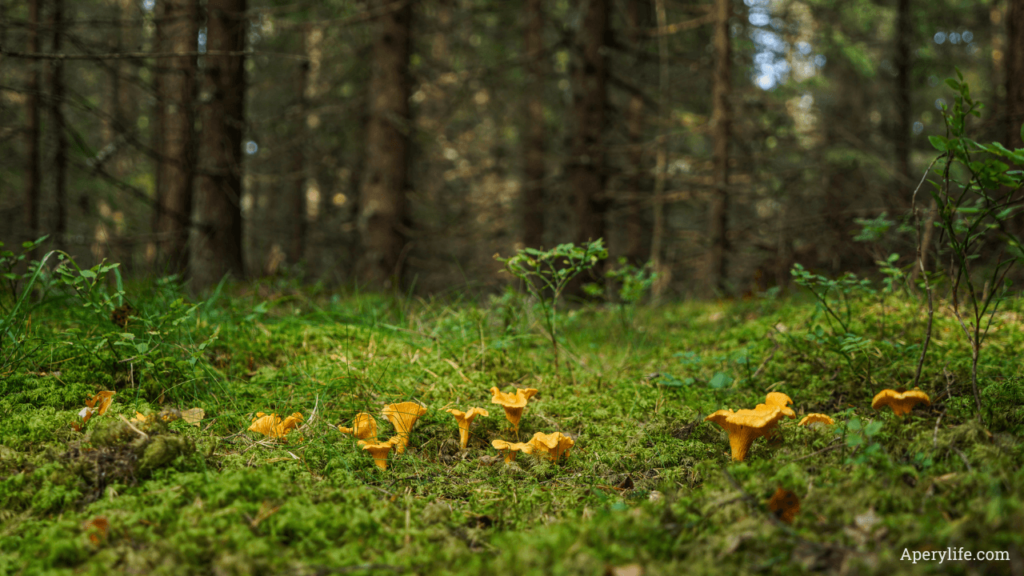Introduction
Chanterelles (Cantharellus cibarius), also known as golden chanterelles, are among the most cherished mushrooms for their delicate flavor and unmistakable golden hue. They grow wild in deciduous and coniferous forests, especially in autumn, but can also be found in late summer. Perfect for enhancing risottos, sauces, and other dishes, chanterelles are a true natural treasure for culinary and mycology enthusiasts.
Characteristics of Chanterelles
Chanterelles are distinguished by their unique features:
- Cap: Golden yellow in color, with wavy edges and a smooth or slightly velvety surface.
- Gills: Not true gills but folds that run down the stem, which is also yellow.
- Stem: Sturdy, solid, and the same color as the cap.
- Aroma: Delicately fruity, with a scent reminiscent of apricot.
- Habitat: They grow in symbiosis with trees such as oaks, beeches, and firs, preferring acidic and well-drained soils.
Nutritional Properties and Benefits
In addition to their flavor, chanterelles offer numerous health benefits:
- Rich in Vitamins: Contain B and D vitamins, essential for metabolism and bone health.
- Source of Minerals: Provide iron, potassium, and copper, useful for muscle function and energy production.
- Low Calorie Content: Ideal for low-calorie diets due to their low fat and carbohydrate content.
- Antioxidants: Contain compounds that help combat oxidative stress and strengthen the immune system.
- Digestive Properties: Promote good digestion thanks to their fiber content.

How to Use Them in Cooking
Chanterelles are highly versatile and suitable for many culinary preparations:
- Sautés and Side Dishes: Perfect when sautéed with garlic, parsley, and a drizzle of extra virgin olive oil.
- Risottos: Add a unique flavor to creamy and rich risottos.
- Pasta: Excellent with fresh pasta, such as tagliatelle or pappardelle.
- Soups and Creams: Ideal for autumn soups and intensely flavored velvety creams.
- Fillings: Can be used as fillings for ravioli or savory pies.
- Preserves: Can be preserved in oil or frozen for off-season use.
How to Harvest Chanterelles
Harvesting chanterelles requires care and respect for the environment:
- Harvesting Period: From late summer to autumn, depending on climatic conditions.
- Tools: Use a sharp knife to cut the stem without damaging the mycelium.
- Identification: Ensure that only safe and well-identified mushrooms are collected, avoiding toxic look-alikes such as the false chanterelle (Hygrophoropsis aurantiaca).
- Local Rules: Follow local regulations on mushroom collection, respecting quantity limits and required permits.

Fun Facts About Chanterelles
- Local Name: The term “gallinaccio” (Italian for “chanterelle”) derives from their color, reminiscent of a hen’s golden feathers.
- Traditional Cuisine: In many Italian regions, they are a staple ingredient for autumn dishes such as polenta and stews.
- Symbiosis: Chanterelles grow only in symbiosis with tree roots, making large-scale cultivation impossible.
- Natural Preservation: Due to their low water content, chanterelles last longer than other fresh mushrooms.
Precautions
As with all mushrooms, it is important to follow certain precautions:
- Cleaning: Avoid soaking them in water; instead, clean gently with a damp cloth or brush.
- Cooking: Always cook before consuming, as raw chanterelles can be difficult to digest.
- Allergies: In rare cases, they may cause allergic reactions; consume in moderation the first time.
Conclusion
Chanterelles are a precious gift from nature, perfect for enriching autumn dishes with their unique flavor and vibrant color. Whether used in traditional recipes or innovative preparations, these mushrooms offer a culinary experience not to be missed, combining taste, tradition, and health benefits.
All rights reserved © Copyright Aperylife.com